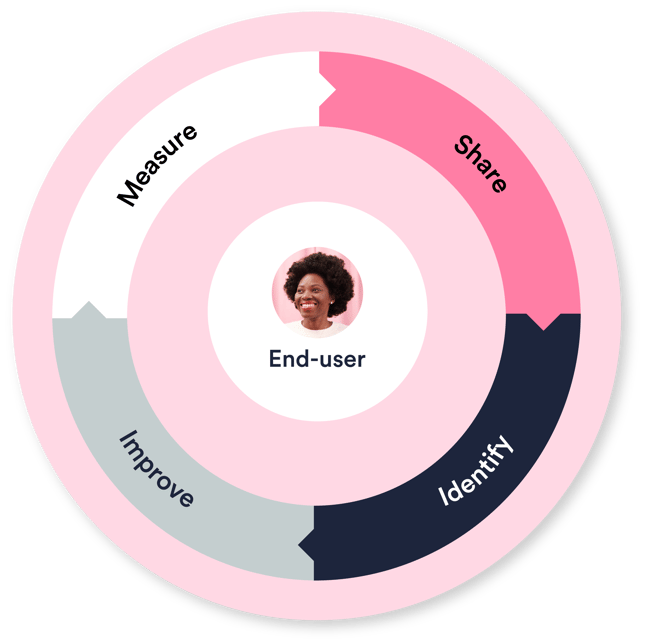
What is IT Experience Management (ITXM)?
ITXM redefines how IT success is measured, moving away from purely technical benchmarks to outcomes that reflect employee satisfaction, productivity, and overall experience with IT services.
People-first approach: Rather than focusing solely on tools and processes, ITXM prioritizes the user experience across all IT areas (such as applications, devices, and support), ensuring employees’ needs are central.
Outcome-based metrics: Instead of tracking technical SLAs, ITXM uses Experience-Level Agreements (XLAs) to measure what matters to employees, such as satisfaction with support and impact on productivity.
Actionable insights: By collecting feedback and usage data, ITXM translates user sentiment into metrics IT can act on, enabling meaningful improvements.

